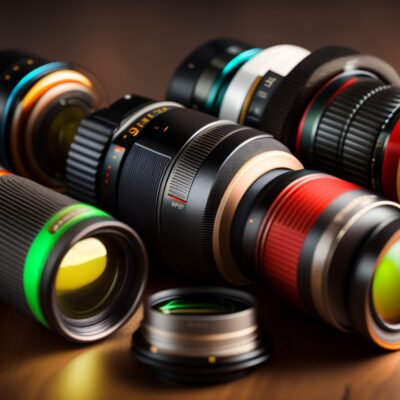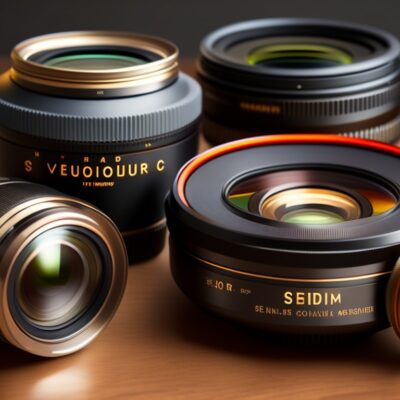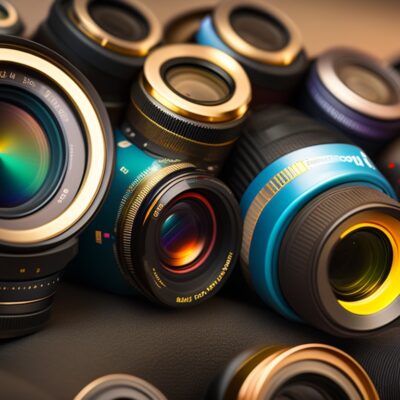Nikon, one of the leading brands in the photography world, offers a plethora of lenses under its Nikkor range. These lenses are renowned for their exceptional image quality, immense versatility, and robust build. However, when choosing a Nikkor lens, it’s crucial to consider the lens mount system. Understanding the different mount systems is key to ensuring compatibility with your Nikon camera.
In this blog post, we’ll explore the different mount systems for Nikkor lenses and discuss their unique characteristics.
Nikon F-Mount
The Nikon F-mount is the standard lens mount system used by Nikon for its 35mm SLR and DSLR cameras. Introduced in 1959, the F-mount is one of the oldest lens mounts still in production and has seen little change in its physical design over the decades.
F-mount lenses come in both DX and FX formats, designed for APS-C and full-frame sensor cameras, respectively. You can find out the difference between FX and DX lenses here. The mount has a bayonet style, which ensures a secure connection between the lens and the camera body. Furthermore, most modern F-mount lenses are AF-S type, meaning they contain a motor for autofocus.
One notable feature of the F-mount system is its compatibility. The majority of F-mount lenses can be used interchangeably on any Nikon F-mount camera, although certain features like autofocus may not work if the camera body doesn’t have the necessary supports.
Nikon Z-Mount
In 2018, Nikon introduced the Z-mount system for its new range of mirrorless cameras. Mirrorless cameras are lighter and more compact than their DSLR counterparts, and the Z-mount was designed to maximize these advantages.
The most noticeable difference between the Z-mount and the F-mount is the size of the mount opening. The Z-mount has a significantly larger diameter (55mm compared to the F-mount’s 44mm). This larger opening allows Nikon to design lenses with larger rear elements, which can gather more light and enable faster maximum apertures.
Another difference is the flange focal distance (the distance from the lens mount to the sensor). The Z-mount has a shorter flange distance than the F-mount (16mm versus 46.5mm). This reduction makes the camera bodies slimmer and allows for more flexible lens designs, including the possibility for higher quality wide-angle lenses.
The Z-mount system currently includes both DX and FX format lenses. It’s also worth noting that Nikon provides an FTZ adapter that allows F-mount lenses to be used on Z-mount cameras.
Nikkor 1 Mount
The 1 Mount was introduced with the Nikon 1 series of mirrorless cameras, which use a smaller 1-inch type sensor. These cameras and lenses are designed to be compact and portable, and the 1 Mount is correspondingly smaller than the F-mount. The smaller sensor size also means that the lenses for this mount cannot be used on Nikon’s full-frame or APS-C cameras.
The Nikon 1 series has been discontinued as of 2018, but lenses and cameras are still available on the second-hand market.
Conclusion
The lens mount is an essential factor to consider when choosing a Nikkor lens. With the F-mount, Z-mount, and 1 Mount, Nikon offers a wide range of options to suit different types of cameras and photography needs. Whether you’re shooting with a classic DSLR or exploring the world of mirrorless photography, there’s a Nikkor lens out there for you. Always remember to verify the compatibility of the lens with your camera to make the most out of your photographic endeavors.




